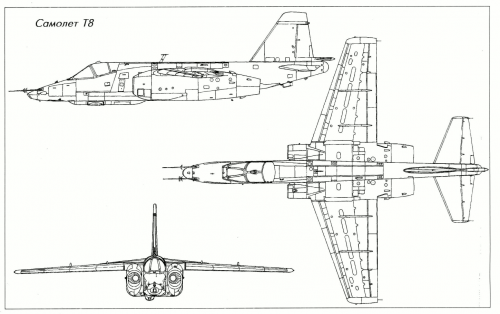Russians Scramble To Edit Wikipedia So The Kremlin's Claims Make Sense
I note that on the English-language Wikipedia page for the Su-25, there's this bit of wisdom:As we reported earlier, the Kremlin now says that flight MH17 was "tailed" by a Ukrainian military Su-25 aircraft during much of its flight over Ukraine. As we pointed out, this claim may be physically impossible since Russia says that the Su-25 was consistently between 3 and 5 kilometers away from MH17, but the Su-25 can't fly high enough to have this claim make any sense.
Well, today the Su-25 has been given some significant upgrades -- at least on Wikipedia. Several IP addresses that track back to central Moscow appear to have edited the maximum altitude of the Su-25 from 7 kilometers to 10 kilometers to match the flight path of MH17.
One such IP address that made such a change appears to use the "ROSNIIROS" ISP (Russian Institute for Public Networks) and, according to one IP tracking service, is associated with an organization called "JSK IT. Information Technologies Co."
Does the exchange rate between feet and meters change at lower altitude?Service ceiling: 10,000 m (22,960 ft) clean, 9,000 m (30,000 ft) with max weapons









